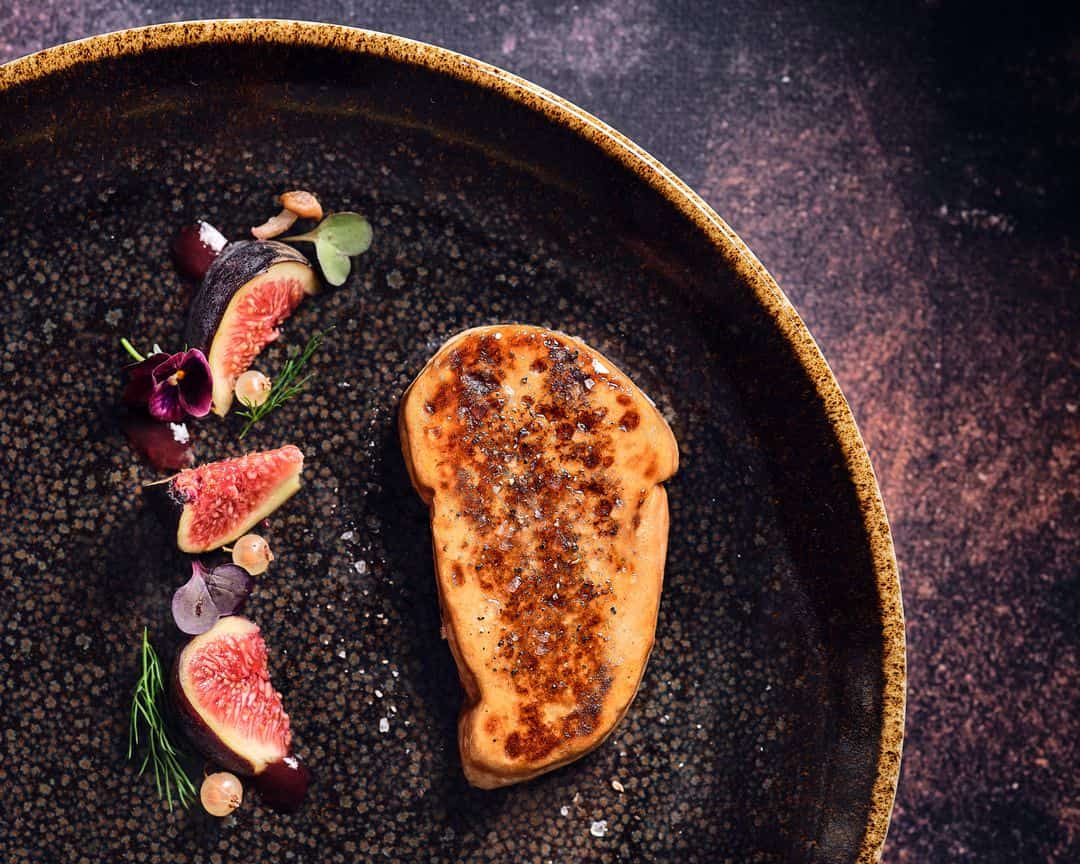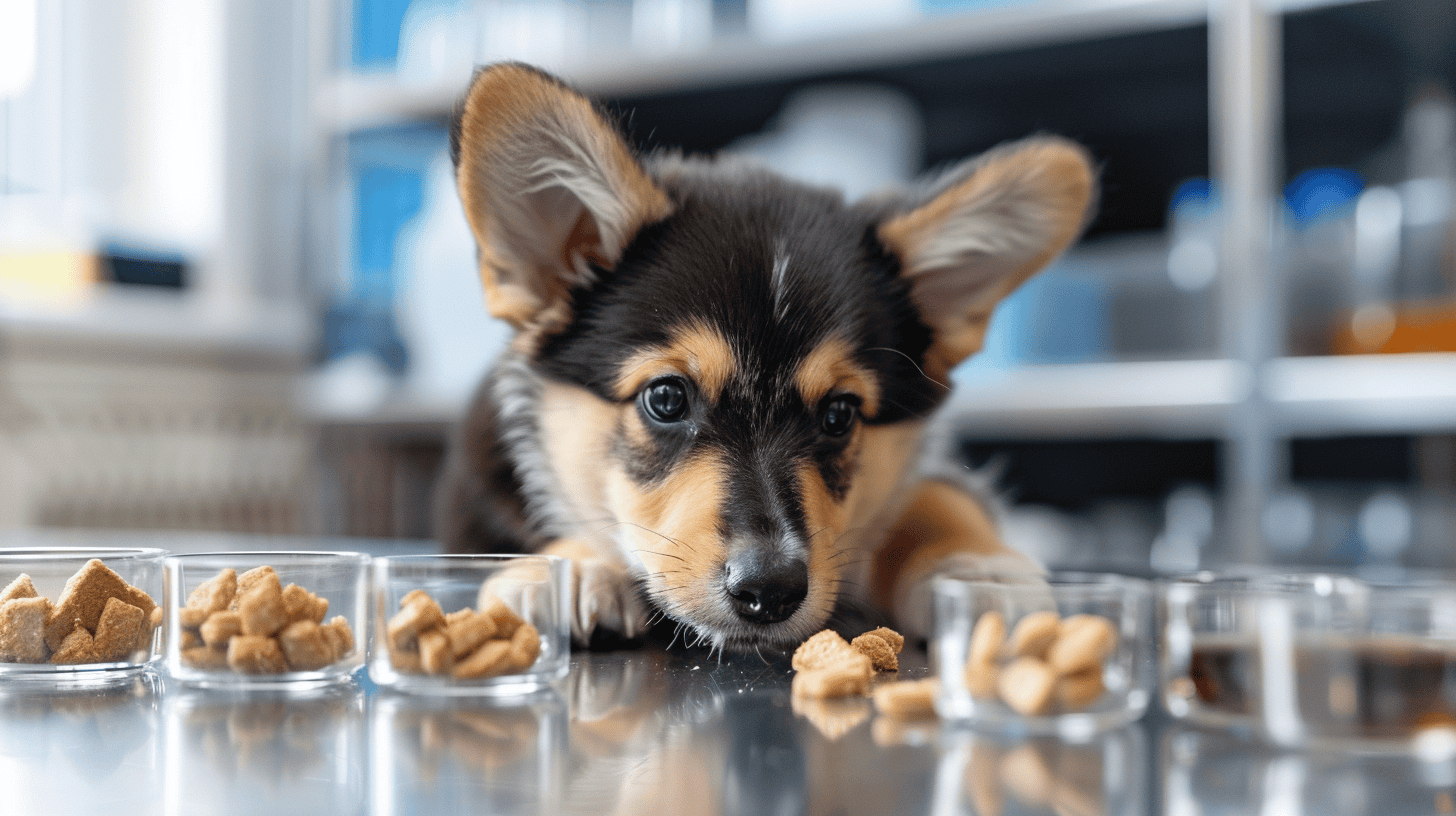
Paris-based Gourmey requested pre-market approval from the European Union to bring its lab-cultivated foie gras to the market by 2026. The venture, backed by a substantial €65 million investment, aims to complement traditional meat offerings rather than replace them. Amidst a polarizing debate on cultivated meats within Europe, the company’s global ambitions reflect a significant shift in production methods to reduce environmental impact and meet the EU’s stringent safety standards. With most Europeans reportedly open to trying such innovations, Gourmey’s proposal could signal a new era for the continent’s food industry.
Why this is important:
Cultivated meat is gaining traction as a more sustainable food alternative. Singapore is the only country in the world where cultivated meat can currently be purchased. Meanwhile, after approval to sell lab-grown meat, cultivated meat is not available for buying in the US. Shall Gourmey get the green light to sell its products in the EU, that would represent a milestone for the bloc.
Setting the table for change
In an industry steeped in tradition, Gourmey is carving out a new niche with its application for regulatory approval of cultivated duck in not just the EU but also Singapore, the US, the UK, and Switzerland. This bold move signals a major statement about the company’s global ambitions and reflects a growing trend in accepting lab-grown meats. Gourmey’s cultivated foie gras is poised to enter a market that includes some of the world’s most exclusive and highly prized food items, and it does so with an environmental conscience.
CEO Nicolas Morin-Forest emphasized the importance of working closely with regulatory authorities to ensure full compliance with safety requirements. The Parisian startup’s commitment to sustainability is evident in its production process, claiming to use 80% less water and land surface while also reducing carbon dioxide emissions by 80% and energy use by 45% compared to traditional methods.
The regulatory road ahead
The European Union’s regulatory framework is regarded as the “gold standard in novel food safety and risk assessment”. Gourmey’s journey through this process will involve a comprehensive and evidence-based assessment, set to take at least 18 months. The approval of a cultivated meat product by the EU would allow its sale across all 27 member states and EEA countries. This comprehensive approach ensures consumer safety while also potentially opening up a substantial market for Gourmey’s products.
However, the path to approval is fraught with challenges. Italy has already banned the production and marketing of cultivated meats, and France, Austria, Hungary, and Romania are considering similar restrictions. These developments underscore the importance of a public dialogue informed by science rather than ideology, as Gourmey’s CEO has advocated.

Consumer acceptance and culinary tradition
Public opinion appears to be a tailwind for Gourmey’s ambitions. A survey of 16,000 citizens from 15 EU countries found that Europeans favor cultivated meat, provided it passes safety assessments. Moreover, over half of Italians believe cultivated meat should be available in their country if deemed safe. This contrasts sharply with their government’s stance and highlights the dissonance between legislation and public sentiment.
Despite Hungary’s current EU Council Presidency proposing a debate on the potential negative impact of novel foods on Europe’s culinary traditions, many EU members support a public consultation on lab-grown meat. The debate is not just about food safety but also about preserving Europe’s rich culinary heritage while embracing innovation.

The sustainability imperative
Addressing the environmental impact of traditional meat production is a pressing concern. Gourmey’s mission aligns with the need for more sustainable food systems, as emphasized in its commitment to sparing land and resources without compromising flavor. By reimagining meat, the startup aims to share the delightful experience of traditional products while protecting the planet.
Integrating cultivated food production into the existing agrifood value chain provides a complementary protein source, contributing to resilient food systems and sustainability objectives like decarbonization and biodiversity. This aligns with the broader European Union’s strategies for sustainable food systems under the Farm to Fork Strategy, which aims to make food systems fair, healthy, and environmentally friendly.
Looking to the future
As Gourmey prepares to offer its cultivated foie gras to chefs and restaurants by 2026, the premium segment of the food industry is at the cusp of a significant transformation. This segment has historically been the breeding ground for food trends and innovations, and cultivated meat is no exception. Gourmey’s traction with high-end chefs indicates a readiness within the industry to embrace this change.
The implications of Gourmey’s endeavor extend beyond gourmet dining. If successful, it could pave the way for wider acceptance and integration of cultivated meats into everyday diets. This is not just about a new product type; it’s about the future of food and the harmony of tradition with innovation. As the EU deliberates on Gourmey’s application, the outcome will be watched by many as a bellwether for the future of food in Europe and beyond.

